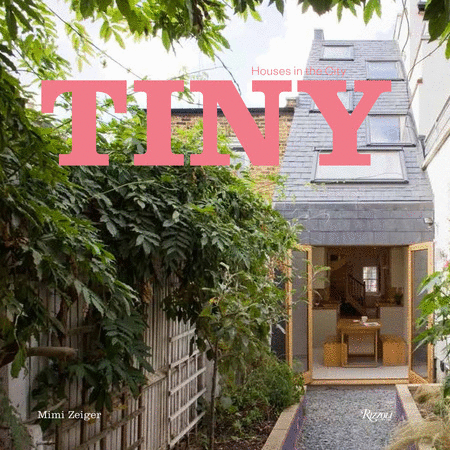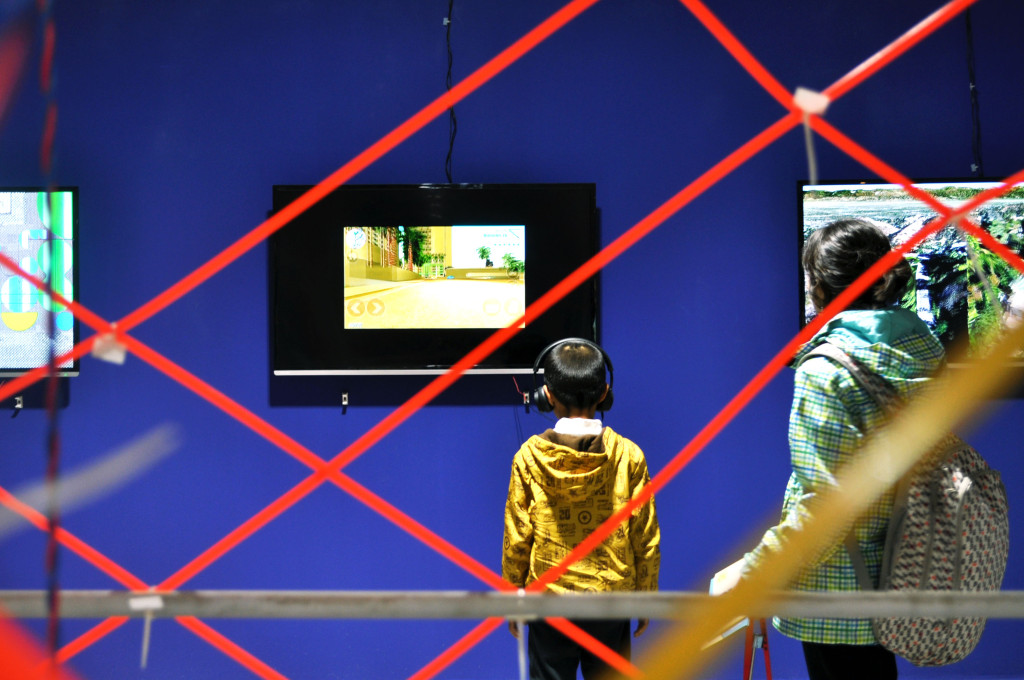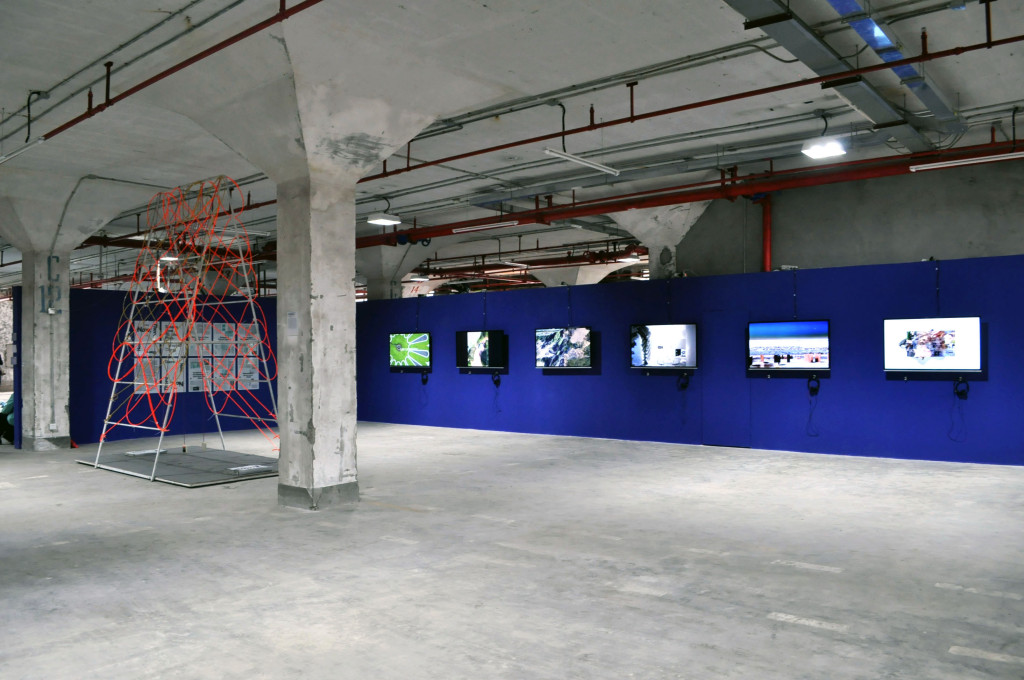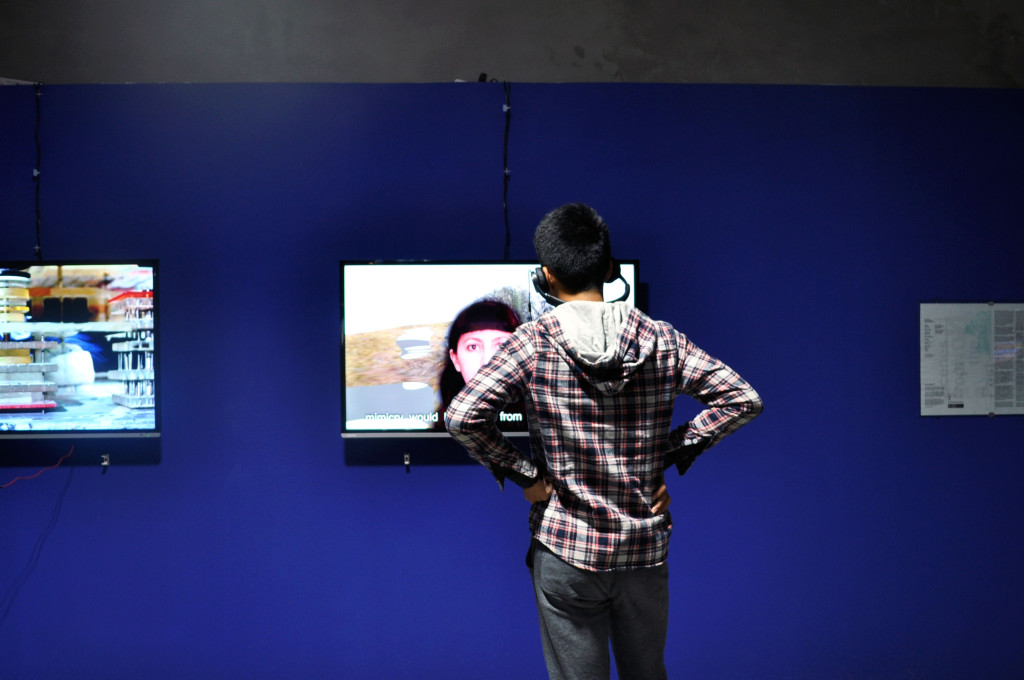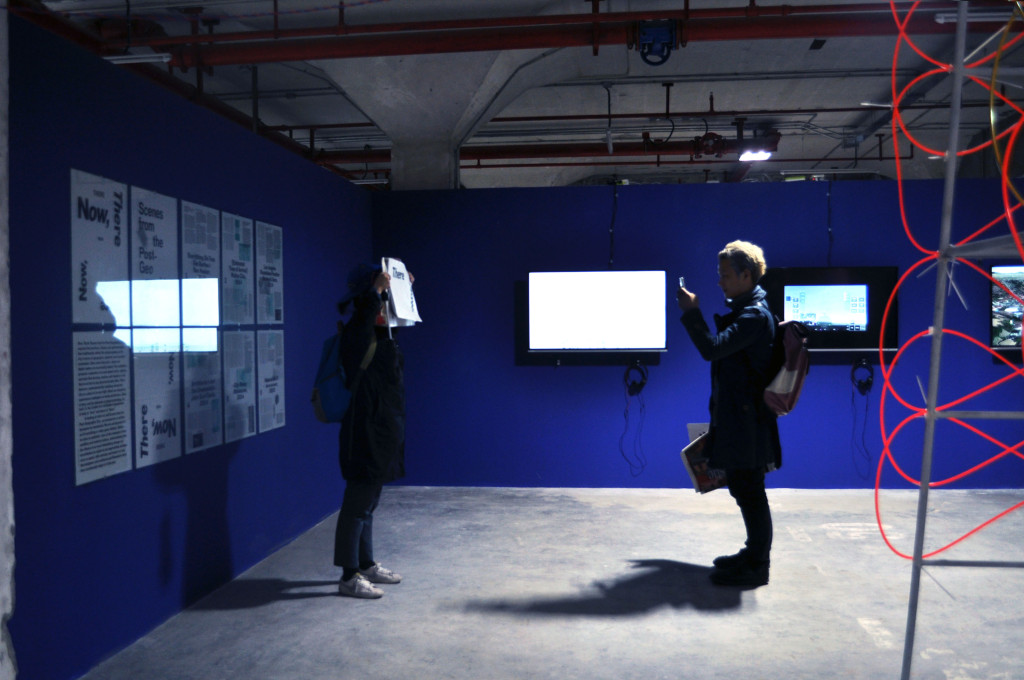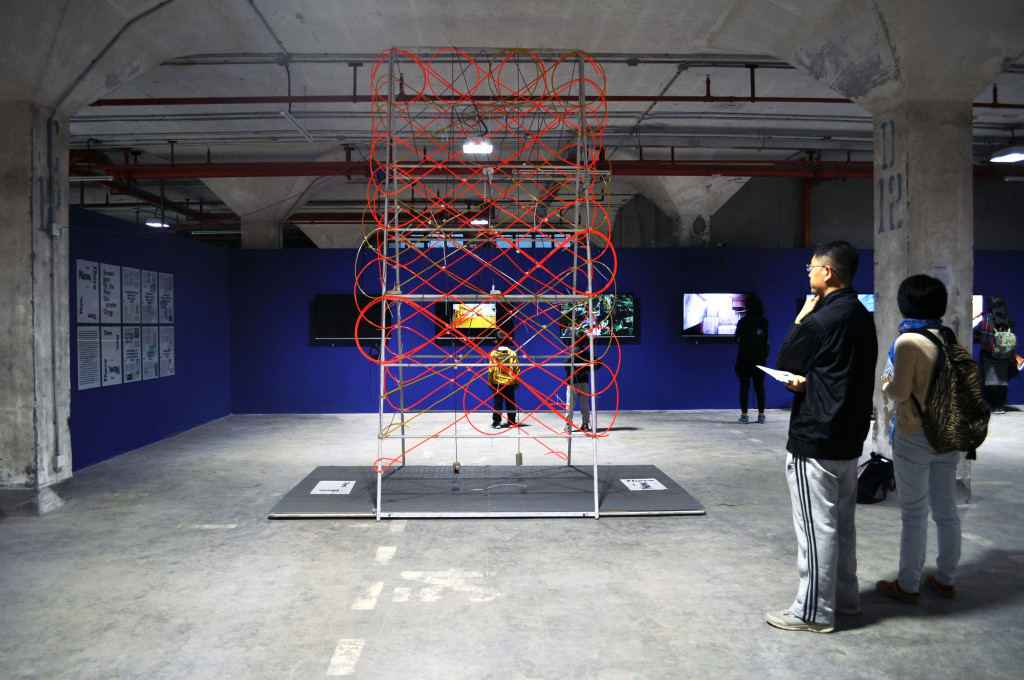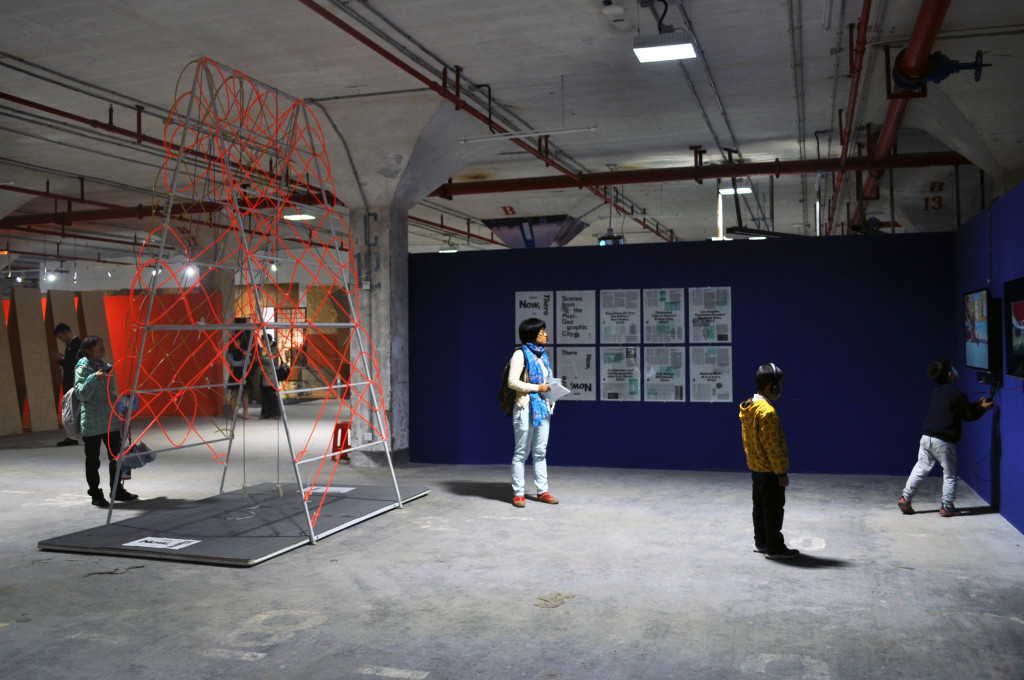Read an interview with Mimi in the Los Angeles Times.
Feature in Dwell Magazine.
A presentation of micro-scaled contemporary residences that demonstrate domesticity can be both compact and beautiful. How we live in cities—smaller, denser, smarter—is at the heart of Tiny Houses in the City. Urban areas across the globe are experiencing a renaissance, with once-forgotten downtowns and neighborhoods becoming increasingly popular for redevelopment. This book looks at the tiny house movement through the lens of metropolitan life. Tiny Houses in the City features an international collection of more than thirty homes that exemplify compact living at its best. The houses, apartments, and multifamily buildings and developments included make great architecture out of challenging locations and narrow sites. Focusing on dwelling spaces all under 1,000 square feet, Tiny Houses in the City illustrates strategies for building tiny in urban areas that include urban infill, adaptive reuse, transforming and flexible living spaces, and micro-unit buildings. The projects range from a 344-square-foot studio apartment in Hong Kong with movable walls, transformable furniture, and hidden storage that can be configured into twenty-four unique scenarios in a single space, to a townhouse-like London residence built in an old alley between two stately homes. Many of the residences chronicled in Tiny Houses in the City are indeed unique in design, but their economical size and ingenious interior spaces are the epitome of practicality and illustrate an acute understanding of compact living and its potential for the urban realm.
